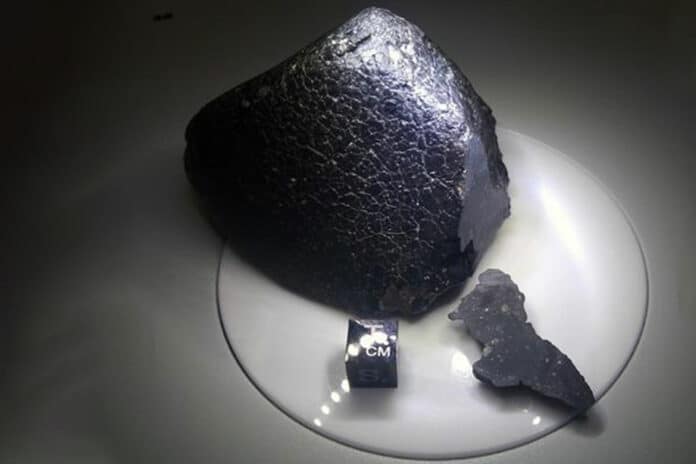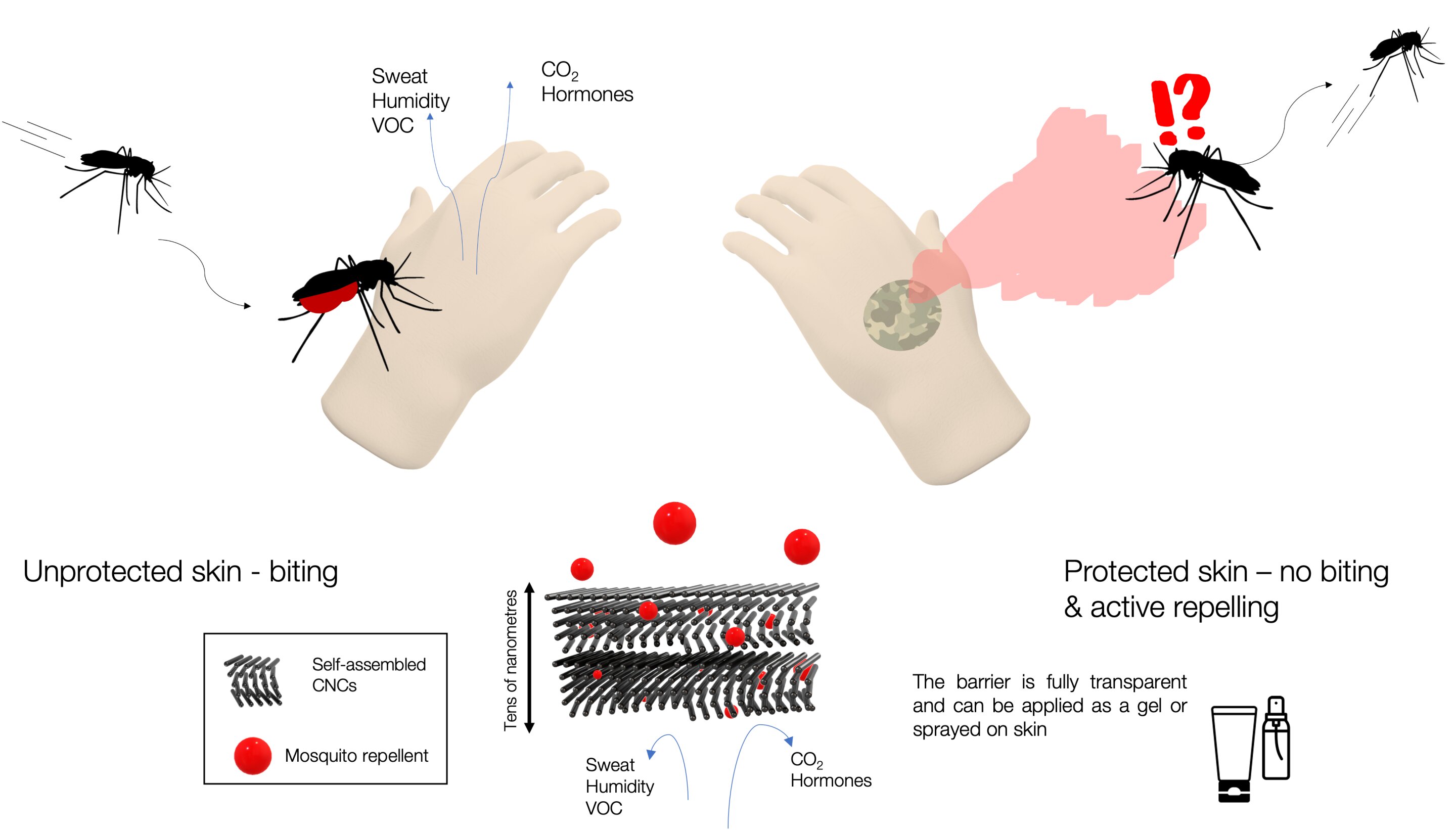There is a reason that fresh produce from the supermarket sometimes tastes bad.
Taste is far down on the list of fruit and vegetable growers when they develop new varieties of produce called “cultivars” (short for “cultivated varieties”). Growers just check the sweetness and sourness when they develop tastier cultivars.
Even if they want to focus on taste, growers do not have any tools available to taste the produce from thousands of cultivars.
Chemical profile detailing could change the future of agriculture
Now, in a surprising new study, researchers at the University of Florida say that their computer models can predict flavor with good accuracy.
The researchers found that tried and tested approach of checking sugar and acid explains only 40 percent of how well people like a fruit or vegetable. The rest is explained by chemicals called volatile organic compounds. fruits are chock full of these kinds of chemicals.
This new method for tasting produce is based on a chemical profile that tells which volatiles in these fruits can make them taste good.
Including varieties that taste good could help growers sell their produce for a good price
The researchers focused on dozens of varieties of tomatoes and blueberries. They gathered two types of data for each cultivar. First, a chemical profile detailing, what amount dozens of chemical compounds were found in the fruit. Second, the feedback from hundreds of people, who rated each tomato or blueberry cultivar on how much they liked it overall.
Both the datasets were combined, the researchers used machine learning to build statistical models to tie the chemical makeup of the fruit with what that fruit tastes like.
The research findings are limited to blueberries and tomatoes for now, but researchers plan to expand it to other crops later.







